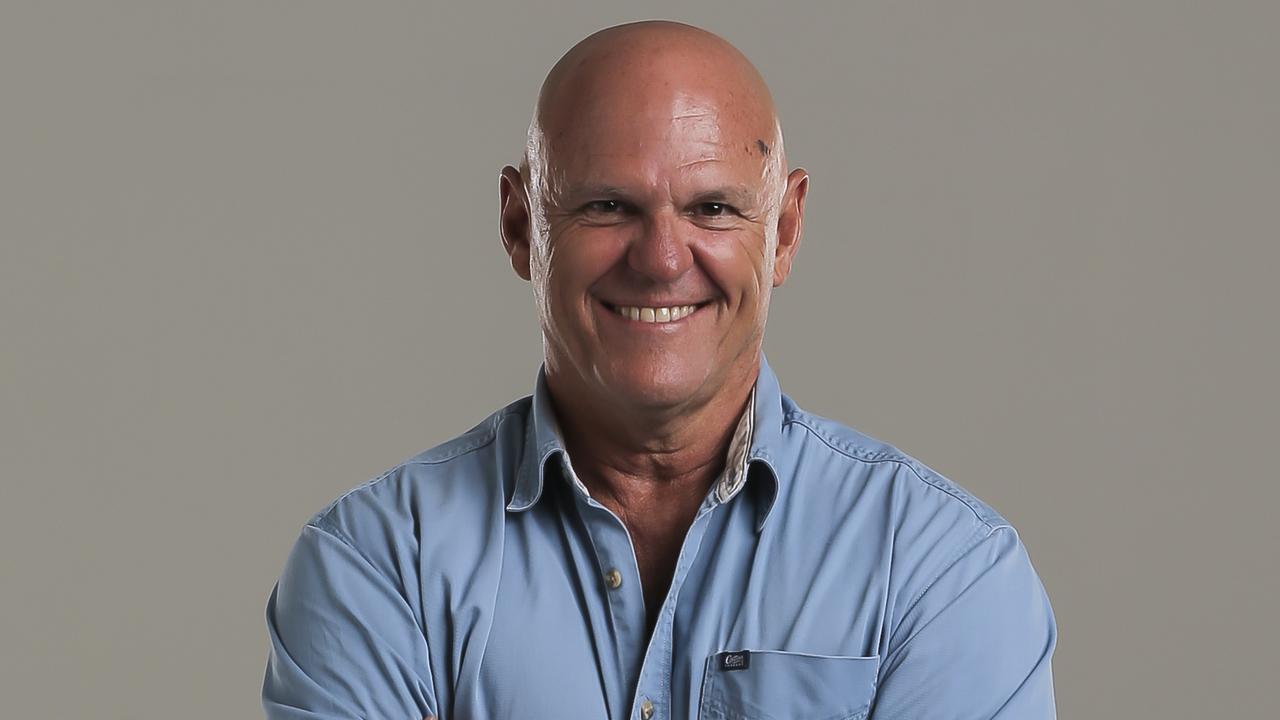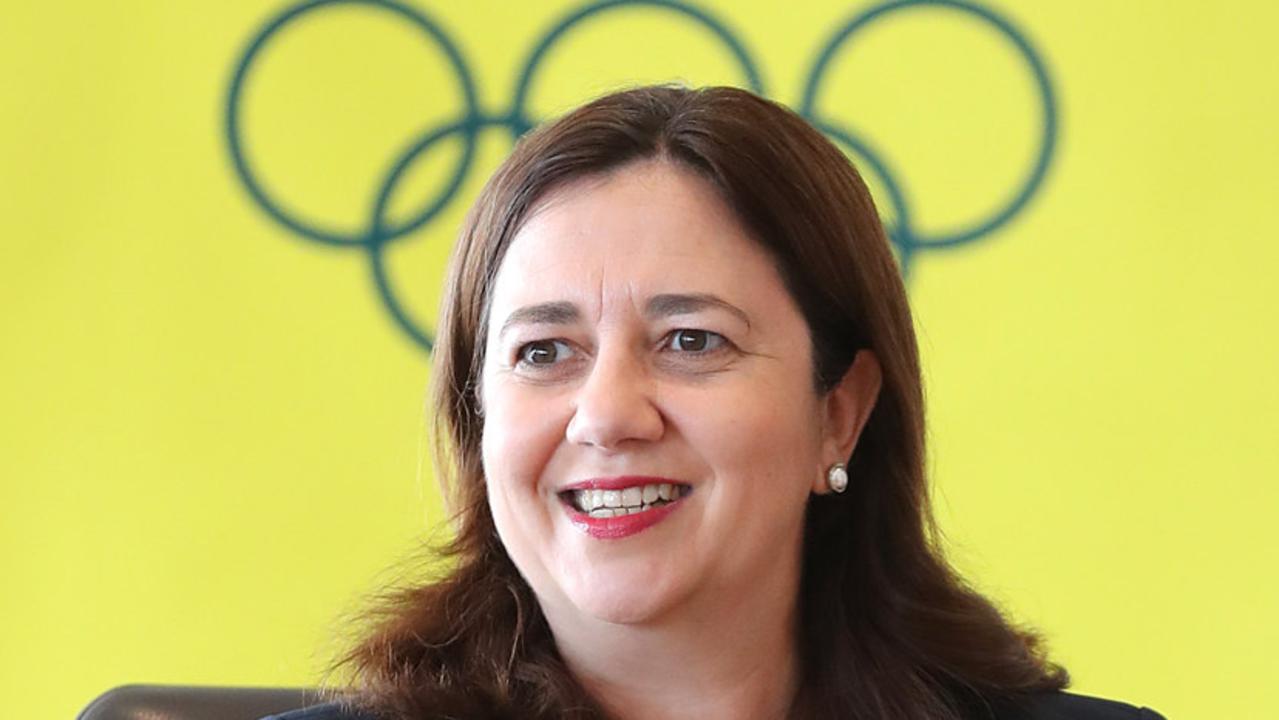Editorial: Palaszczuk Government’s education equation needs to add up
THE Palaszczuk Government’s current strategy of throwing good money after bad at the Queensland education system and not getting improved results isn’t adding up.
Opinion
Don't miss out on the headlines from Opinion. Followed categories will be added to My News.
QUEENSLAND’S education system is costing more to deliver less.
Between 2014 and 2018, the number of students enrolled in state schools increased by 33,326, or 6.5 per cent.
Yet over the same period, the number of Education Queensland employees ballooned by 7100, or 11 per cent. The Palaszczuk Government is fond of claiming that its public service spending spree over the past four years has been about “restoring frontline services”.
So the burning question for the administration should be why are our student results sharply declining in an environment where the number of teachers and teacher aides is growing at twice the rate of school enrolments?
The latest NAPLAN results reveal a sharp decline in basic writing skills of students.
The proportion of Year 7 students who failed to meet the minimum standard for writing has risen from 8.4 per cent in 2011 to 16.6 per cent this year.
This is not just a reflection on a particular age cohort. The number of Queensland Year 9 students performing below the national average has increased from 15 per cent at the start of the decade to 26 per cent.
These figures transcend the Palaszczuk Government.
But it augurs badly for Labor, given the tub thumping that’s gone on for the past few years about being focused on core responsibility and the billions of dollars extra that has been pumped into the education system.
Education Minister Grace Grace will today, no doubt, wax lyrical about how this is the Federal Government’s fault and how it should invest more in the system. But these claims ring hollow given that it’s the same formula that is failing.
Building a better education system requires more than just crowing annually about a “record budget” while being unwilling to undertake the necessary reform because it is difficult and might put people off-side.
The challenges in our education system are varied and complex.
There’s a need to better integrate the role of parents in the process to ensure there is a genuine partnership between mums and dads and teachers.
Sometimes it is busy lives that limit engagement while other parents simply take a hands-off approach in the mistaken belief that their child’s education is the school’s responsibility.
There is also a need to ensure the curriculum is not overcrowded by extraneous objectives that restrain the time needed to teach and reinforce the basics.
And there’s the ongoing challenge to ensure that the system is recruiting and retaining quality teachers whose skills can aid the best and brightest as well as help those who are struggling to reach their potential.
More money can always be used in our education system. The challenge is to make sure that it is used wisely and not just spent compounding errors that have already been made.
The Palaszczuk Government has taken steps towards ensuring our schools are prepared for growing demand for science, technology, engineering and mathematics (STEM) subjects.
It is spending $81.3 million to develop STEM skills in primary school teachers. But given that up to a third of those teachers taking STEM subjects were trained to teach different subjects, it demonstrates how Education Queensland has been slow when it comes to predicting demand.
While it has its critics, the NAPLAN testing provides educators with the opportunity to compare results with other states and ensure public funds are channelled into appropriate areas.
The current strategy of throwing good money after bad at our education system and not getting improved results just isn’t adding up.
* * * * * * * * *
FIX OUR BROKEN BACKBONE
THE Bruce Highway has long been regarded as the backbone of Queensland. The 1700km of bitumen stretching from Brisbane to Cairns carries everything from local commuters through to interstate heavy vehicle haulage.
Yet the Bruce is bowed and broken.
Seven fatalities have occurred on the highway in just seven days. While driver error would have played a part in some of these tragic accidents, the standard of the highway cannot be dismissed as a cause or contributing factor.
It was estimated in 2012 that the Bruce Highway accounted for 17 per
cent of Australia’s road fatalities but just 7.5 per cent of the national network. This situation, if anything, has got worse.
If a string of deaths occurred on such a strategically important route like the Bruce in southern states you could guarantee that politicians would be climbing over each other to fix it.
In Queensland, however, the Bruce has become so synonymous with carnage that it barely rates a mention.
As the state yesterday began the fourth annual Road Safety Week with a campaign concentrated on distracted pedestrians, the road toll sat at 16 more deaths than at the same time last year.
With distraction, drink-driving, fatigue, speeding and not wearing a seatbelt factors in more than half our road deaths, it is clear motorists need to heed the safety message.
However, stretches of the Bruce for years have carried signs warning about being high-accident areas yet not received the money necessary to fix them. We’ve seen lip service and working groups, action plans and sporadic improvement over the years, but not nearly enough cash to lift the highway to an acceptable standard.
Fixing the Bruce won’t just aid local economies, it will literally save lives.


